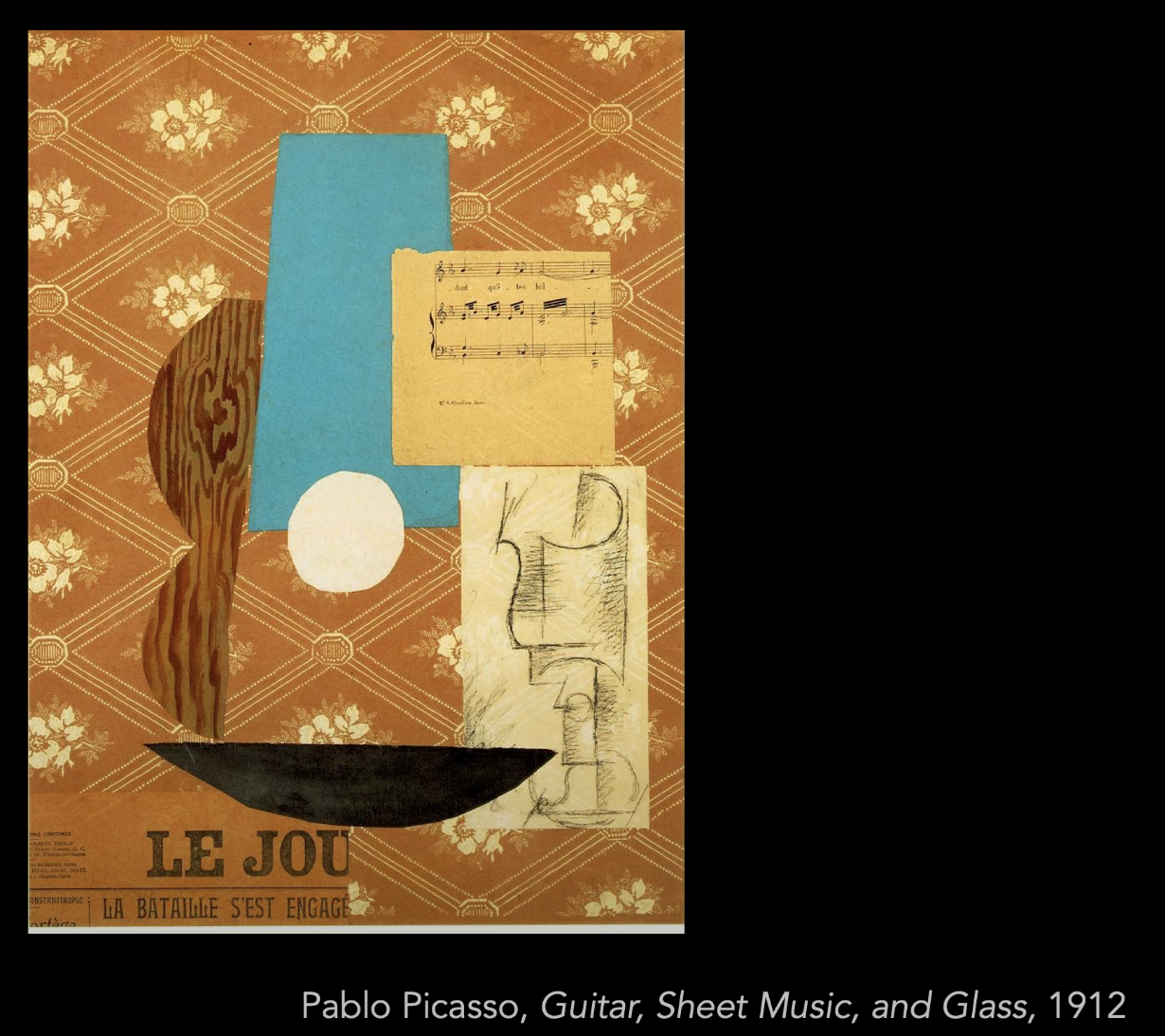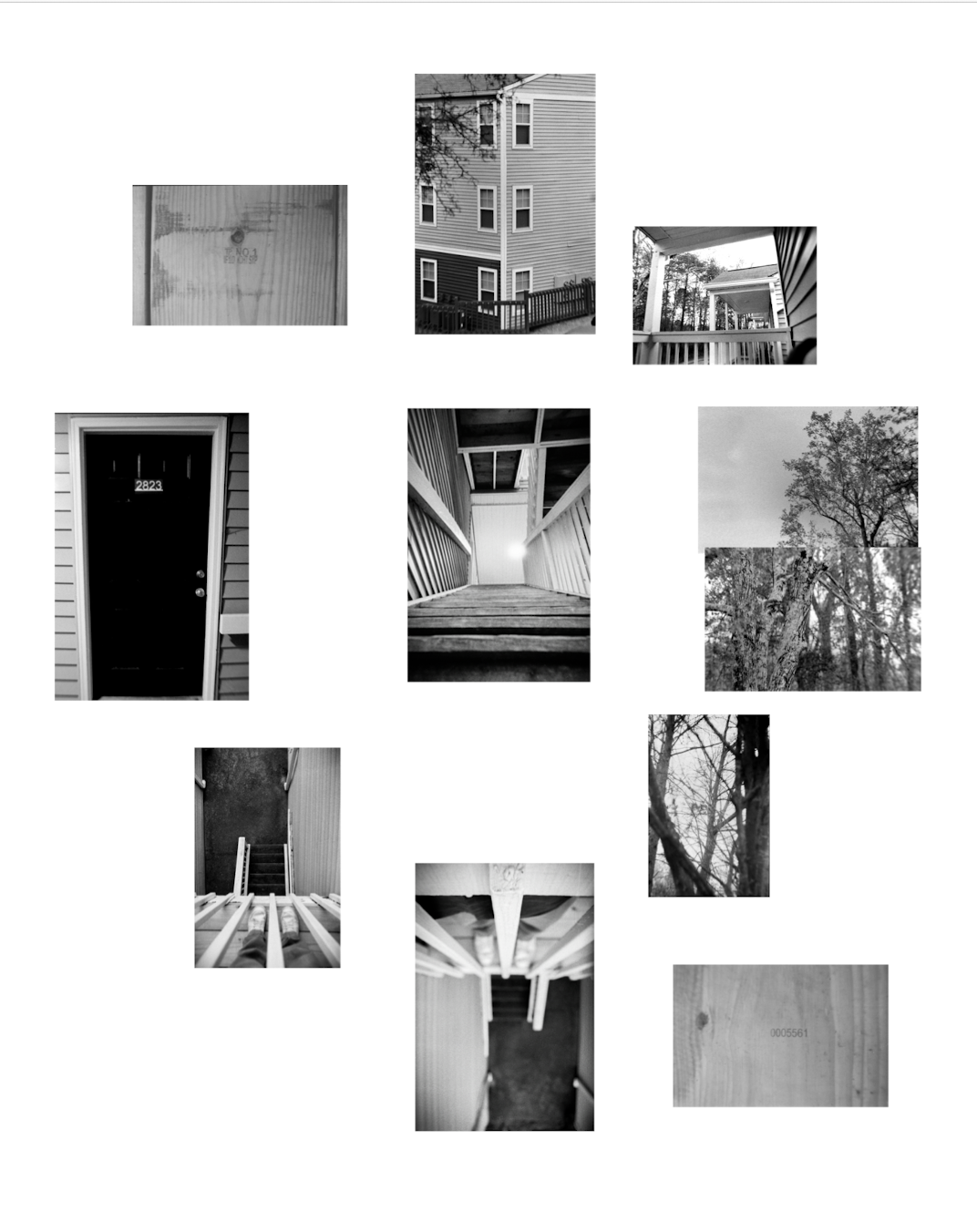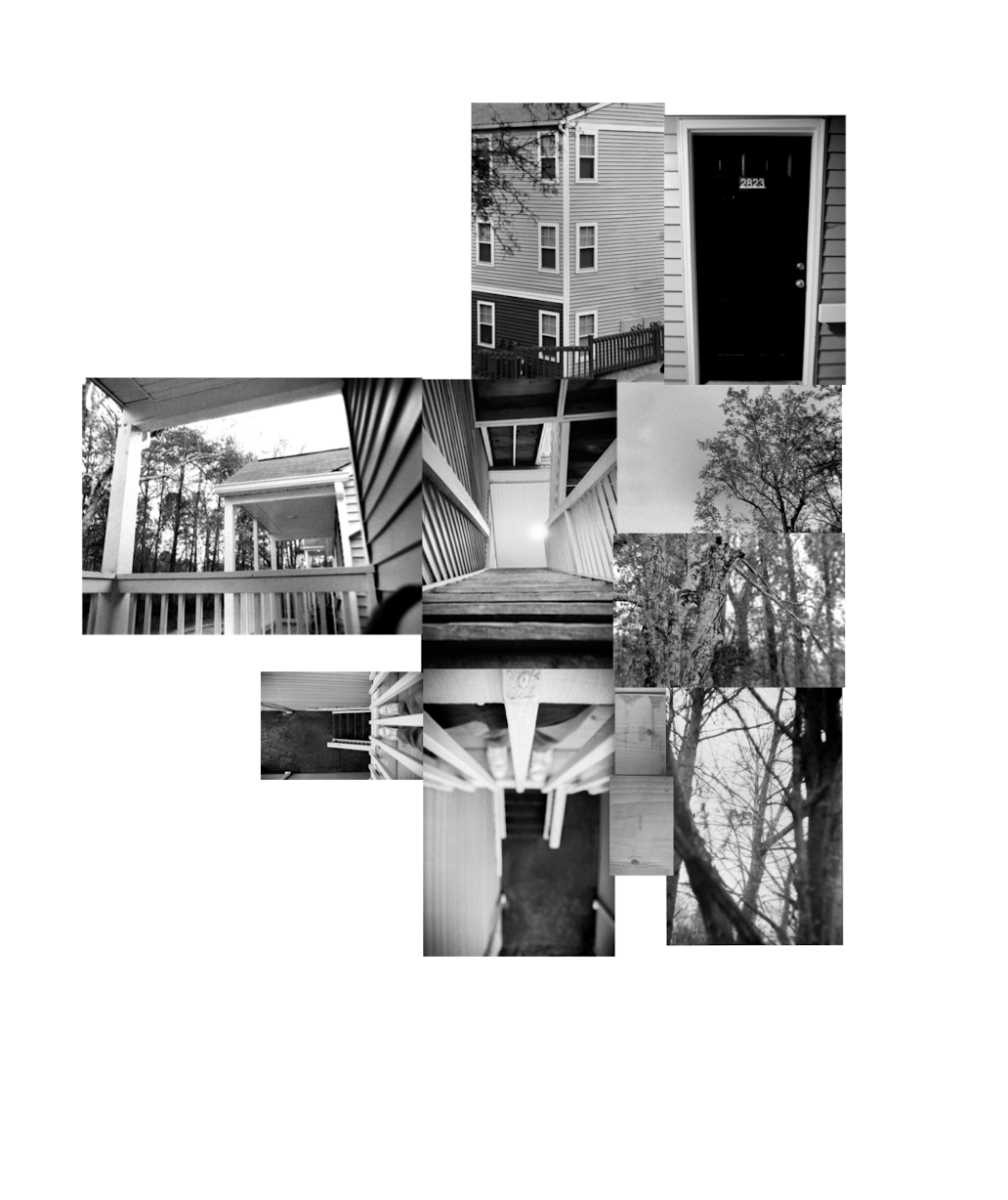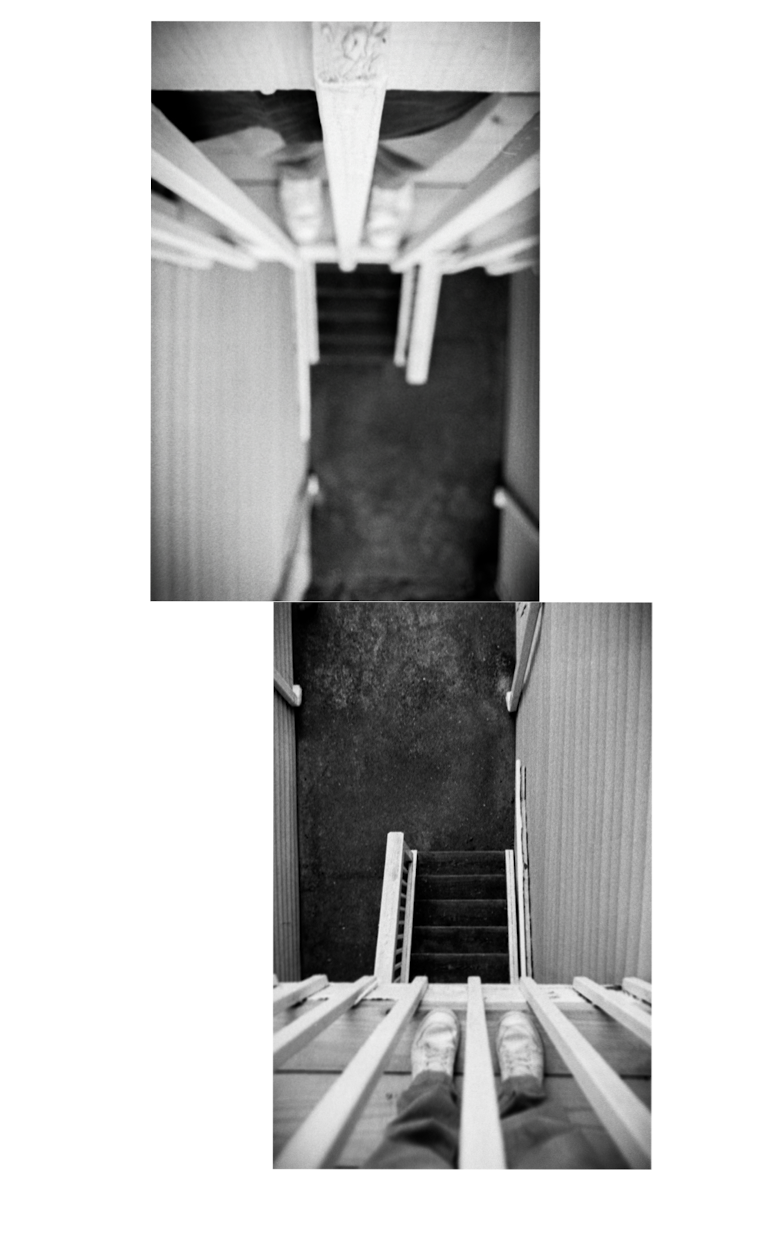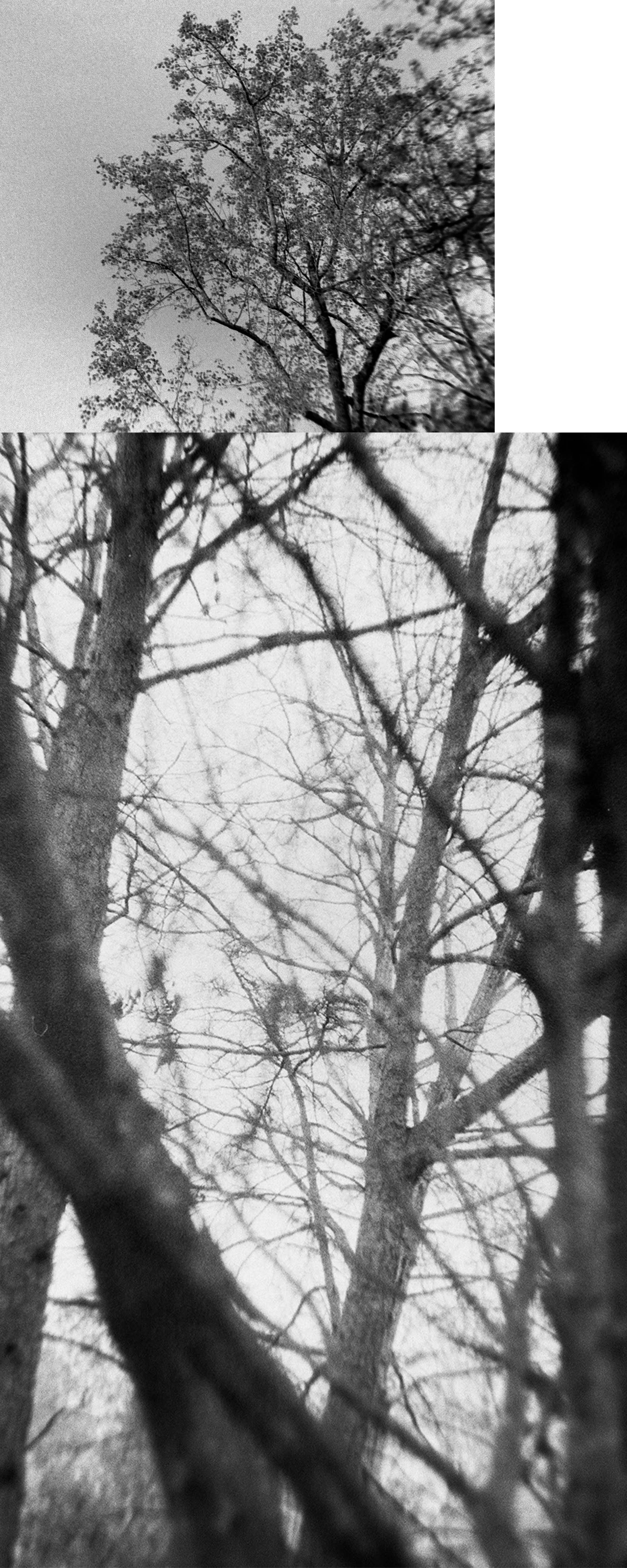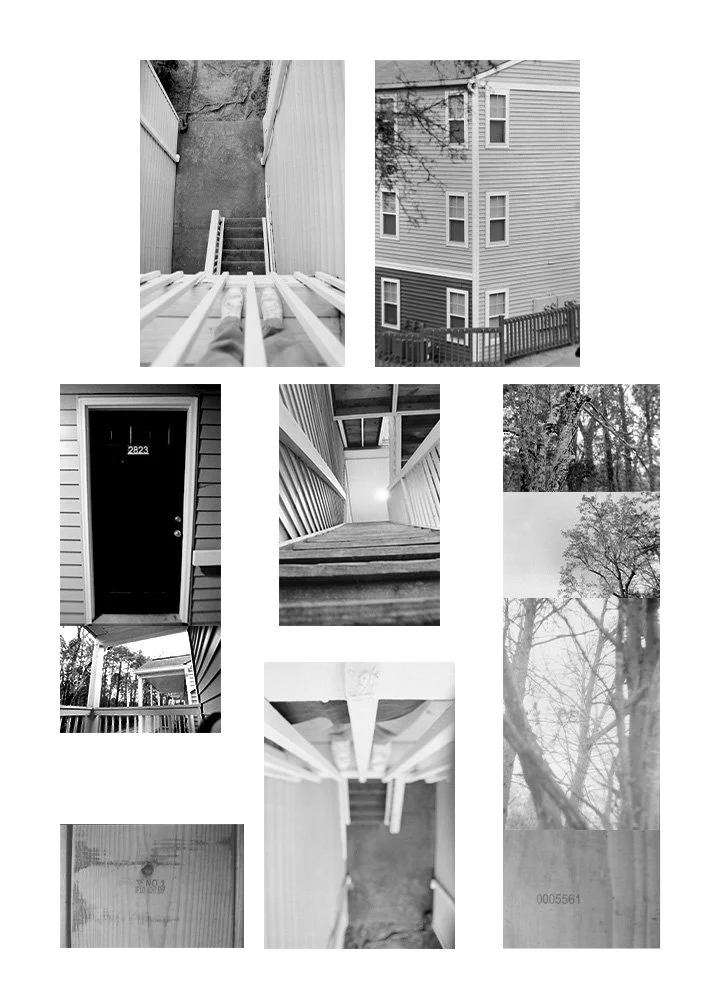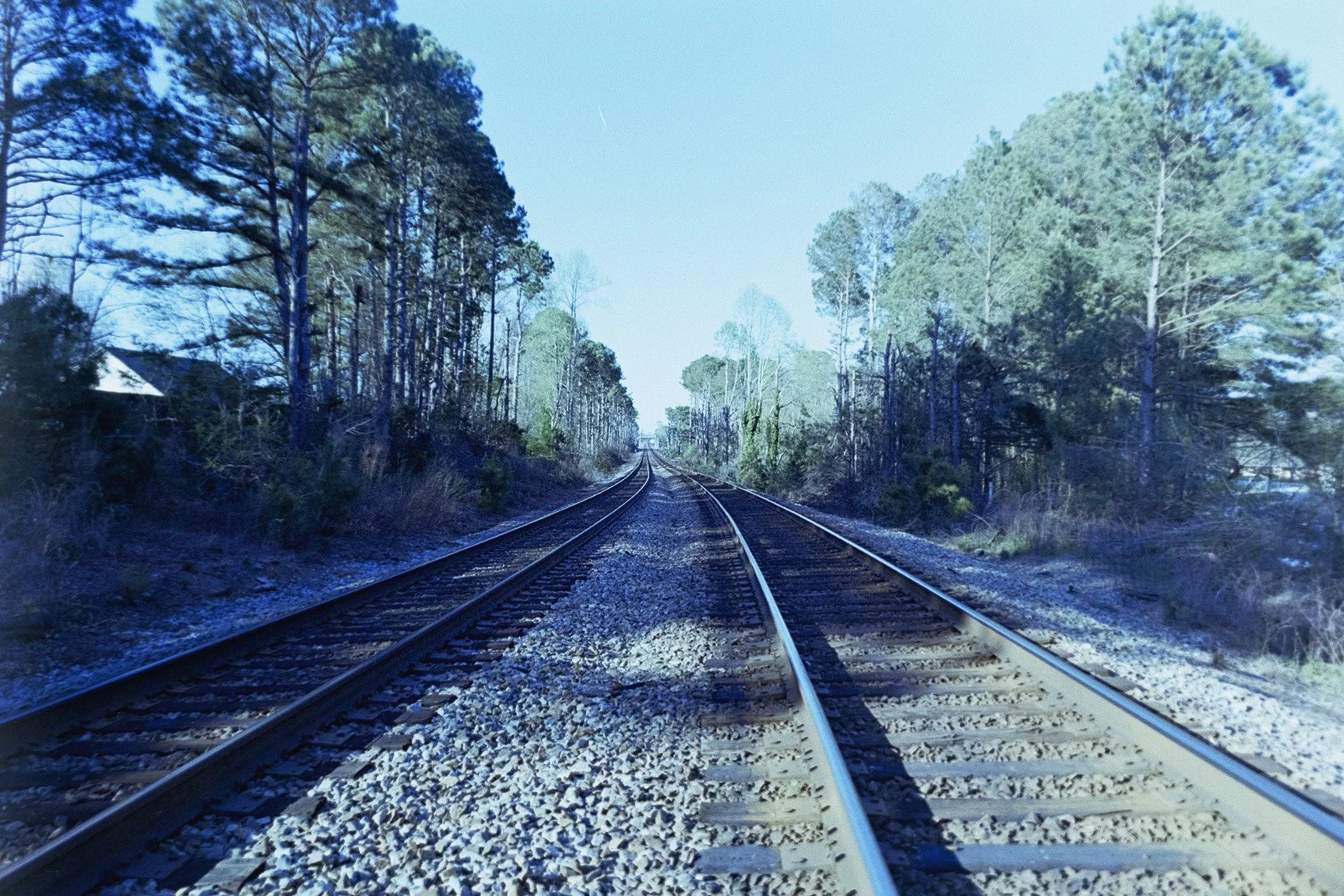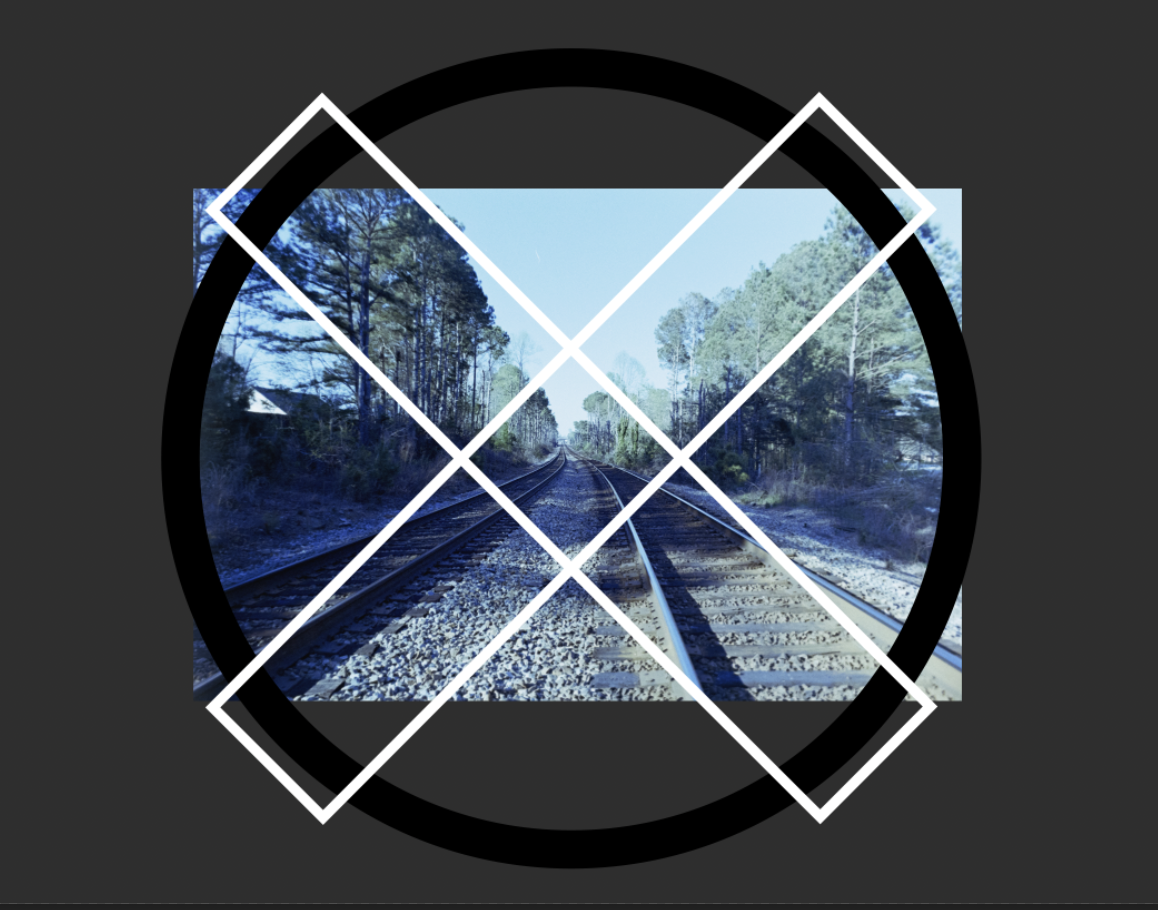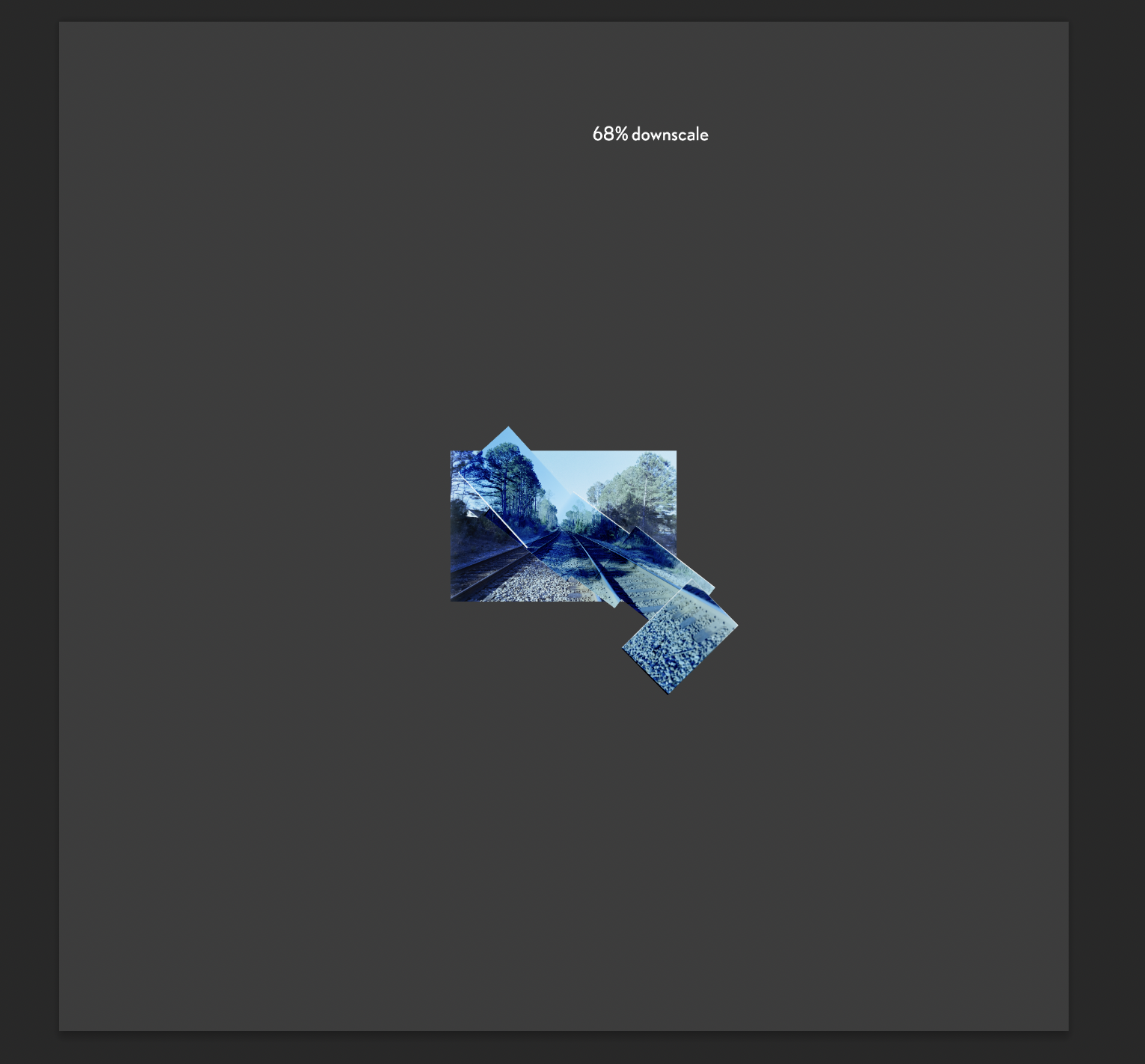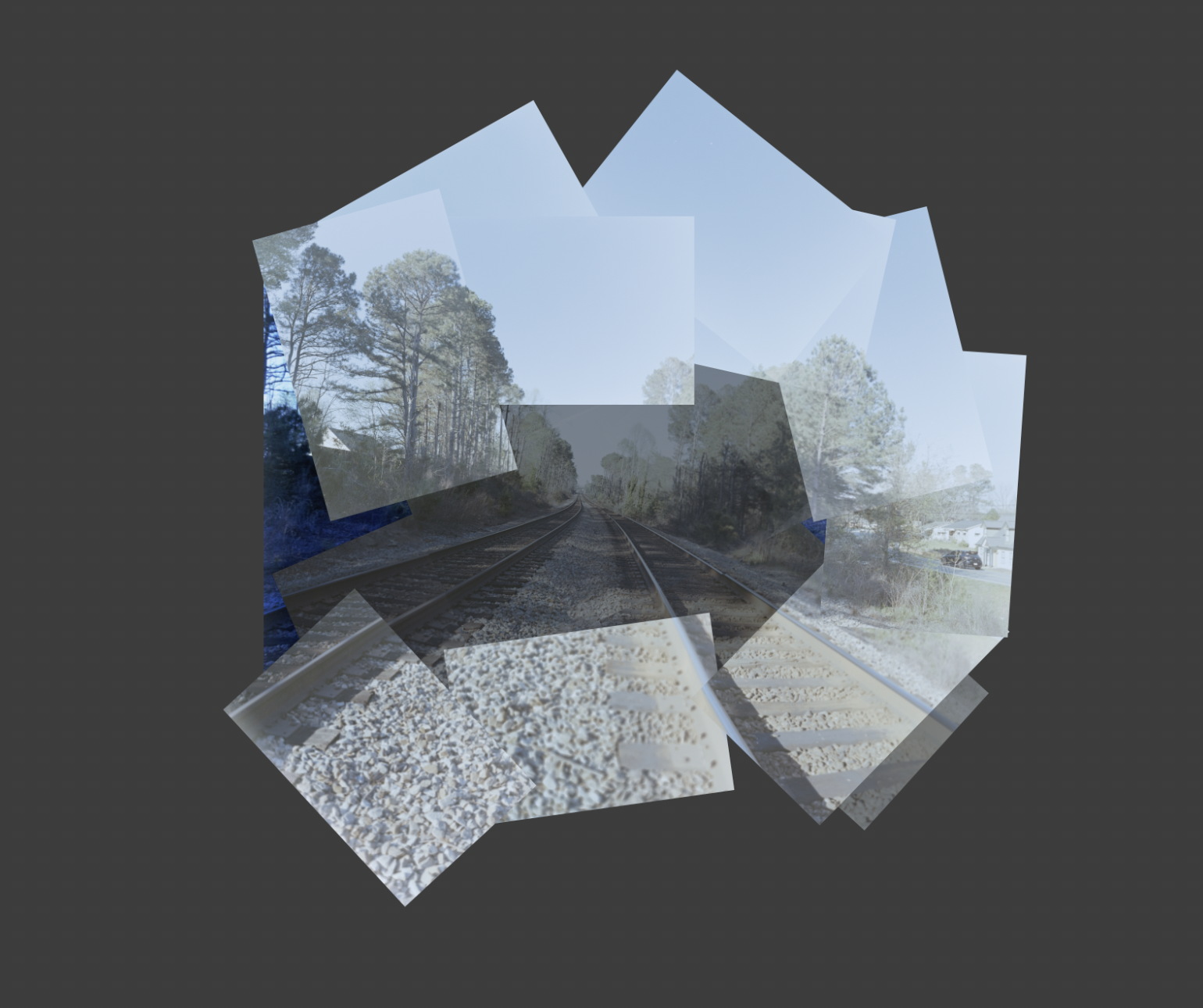train tracks - cubism
Shit. I need a wider lens for my Mamiya RB67 now...
Alright. Cubism.
Perspective. That’s the “aspect” of art that I’m focusing on right now. It’s in every art form and one of the first things your learn about.
PERSPECTIVE
refers to the representation of three-dimensional objects or spaces in two dimensional artworks
We’re all very familiar with the image above and how it is used to represent three-dimensional space. Remember drawing two squares and connecting the corresponding corners to represent a cube?
I want to “deconstruct” this fundamental aspect of art in order to gain a new understanding of ALL art in general, but also to refine and narrow my focus as an artist. What IS my perspective?
Why cubism? I’ve never studied cubists artists the way I have impressionists like Van Gogh and Monet or abstract expressionsists like Rothko or Gorky.
Picasso is obviously the most recognized name when referring to cubists and I’ve learned a lot about him over my life. Antonio Banderas played him in a docuseries a few years ago that opened my eyes more to his life and work.
This was a time when I was raw. Freshly sober and white knuckling a lot I began painting to stay busy.
Cubists directly approach perspective in art by removing the ‘frame’ through which we see the world.
From the above definition, cubism is an obvious choice for studying perspective. Rather than trying to paint something that was “realistic” cubists were concerned with connecting different points of view (perspective) of a scene or object in a two dimensional space. Head scratch... Let’s take a look:
It’s very much collage. Click the image above to watch a video about cubism.
Anyway, taking elements, rearranging their shapes, and placing them into a flat space to represent a still life in two-dimensions, that’s cubism. Finding lines and patterns between perspectives, that’s also cubism.
Cubists rejected “icons” in the sense that they weren’t concerned with a true representation. These “icons” became the same thing that was the target of Warhol’s art and there’s very much a sense of ‘cubism’ in Warhol. Christian Metz, a film theorist, first talked about icons and symbols in cinema. The German’s followed cubism with expressionism.
Naturally, I began looking for patterns in the a part ment images. The word is intentionally deconstructed; the parts do no equal the sum of it’s whole.
Here are some of the arrangements I created:
I just rearranged everything until I found a suitable composition, then opened another page and did it again. Here are the final compositions that I’m going to print and put on my wall.
Naturally, my curiosity now piqued, I google cubist photography. Turns out, there are people out there that have had the same idea that I have: create a cubist arrangement.
I started here then looked up David Hockney. From there, I discovered an artist named James St. Laurent’s work. And looking through his collection got the wheels turning.:
I’d been wanting to take some pictures of train tracks. They’re a relic of the past and at one point were single-handedly responsible for uniting a nation and getting us to the other ocean. They’re an important part of industry, technology, and American history.
INSERT
Train tracks. Somewhere in Buford, GA.
The idea is I would take photos in the “swaths” you see above. One left to right and down, the other left to right and up to create a “panorama” of that swath and then around in a circle.
This is much more difficult than it sounds. But I gave it a go.
This is the first 10 or so images arranged.
Another 10 or 15 more added.
This is a whole process. I shot this on film. 24 mm lens and Kodak Color 200.
Stay tuned for the final results...
And I’ve narrowed my focus. I have a project. More later.


